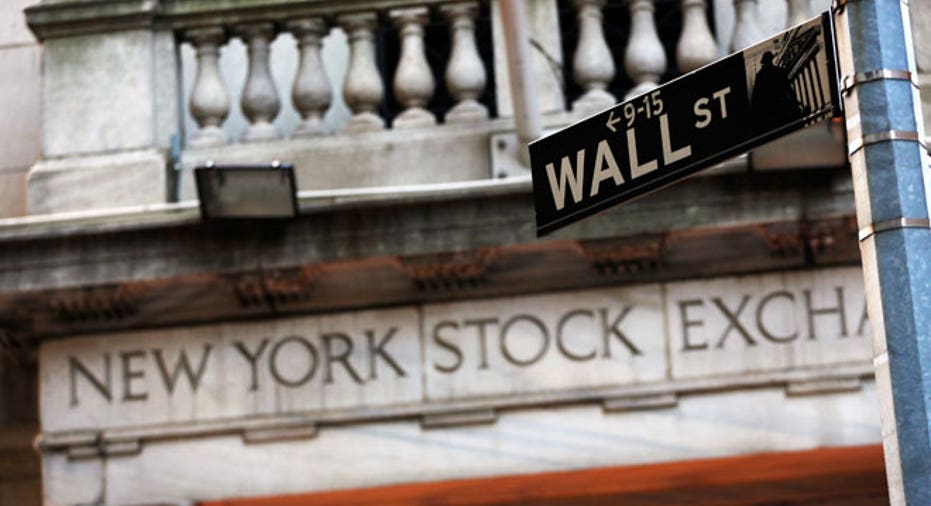Unicorn Stampede to Hit Wall Street in 2016?

If you take a quick look at CB Insights’ 2016 tech IPO pipeline report, you’ll find 531 startups that could potentially go public next year. While many should, the overwhelming majority won’t, and that’s not a good thing for them, their private investors or Wall Street. Here’s why.
The problem is that private investors are literally throwing cash at these companies at enormously inflated valuations that public markets can’t match.
Since raising capital is the primary reason for companies to go public, why would startups flush with cash bother going through the arduous IPO process and suffer the intense scrutiny of the SEC and the bright lights of Wall Street? That’s right, they won’t, at least not anytime soon. And those that have haven’t faired so well.
The 90 venture-backed tech IPOs of the past few years have performed terribly, returning an average of 7% compared to 60% for the S&P 500, according to CB Insights. And of the 588 companies in the pipeline last year, 190 raised a total of $24.8 billion in private funding while just 39 exited, either via IPO or M&A.
And what’s really interesting is that the companies that are going out are not high value unicorns like Uber, Xiaomi, Airbnb, Palantir and Snapchat that have raised billions over numerous rounds of private funding but much smaller companies like Apigee, Box, Etsy, Fitbit, Pure Storage, Shopify and Square.
The phenomenon that’s really changed the equation is the rise of mega-rounds or so-called “private IPOs” where institutional investors like hedge funds and mutual funds, as well as private investors that used to focus on early stage funding, are competing with big VC firms and investment banks for coveted positions in enormous late-stage rounds.
Just last year, Uber, Airbnb, Palantir, Pinterest, Snapchat, Lyft, Snapdeal, Spotify and Zenefits alone raised a total of nearly $7 billion at a combined valuation of about $150 billion. And the number of unicorns – venture-backed startups valued above $1 billion – stands at 131 and counting.
That’s created a sort of gold rush mentality in private equity. On his popular blog Above the Crowd, Bill Gurley of Benchmark says investors who should know better are “taking on an excessive amount of risk” and have “abandoned their traditional risk analysis” in “rushing in to the high-stakes, late-stage game.”
Some have characterized this unique situation as a valuation bubble. Gurley calls it a risk bubble. Mark Cuban says it’s a liquidity bubble because, when valuations collapse, and they surely will, investors won’t be able to sell, as they did when the dot-com bubble burst. I call it a private equity bubble but it’s all the same.
At Re/code’s Code Conference last summer, Snapchat CEO Evan Spiegel said the bubble is a result of easy money policy, near zero interest rates and governments printing money. “I think that people are making riskier investments and I think there will be a correction,” he said.
Marc Andreessen of Andreessen Horowitz agreed, tweeting that founders have been spoiled by easy money at ever-higher valuations, adding “THAT WILL NOT LAST. When the market turns, and it will turn, we will find out who has been swimming without trunks on: many high burn rate co’s will VAPORIZE.”
Not to be cavalier about this. The private equity bubble has created a very real and unsustainable gap between private and public company valuations that is keeping the vast majority of late-stage startups that would ordinarily go public out of the IPO market.
An analysis of Uber’s sky-high $50 billion private valuation shows that it wouldn’t be worth anywhere near that in the public markets. So the real question becomes what will it take for Uber and other highly valued unicorns to actually go public, in spite of the fact that they’ll have to take a sizable valuation hit to do so?
I actually think Spiegel had it right. The Fed’s monetary policy has investors’ sites focused on the only way to get a decent return, equities. And with the bull market starting to flatten out, private equity is all that’s left for those willing to risk it.
The data supports this. CB Insights says that next year’s IPO pipeline companies have raised an average of $182 million each, compared to $111 million among last year’s pipeline. Just so you know, those are both enormous numbers, but the growth trajectory tells you which way funds are flowing.
The only way that’s going to change is simple. Investors will stop throwing money at late-stage startups when there’s a shakeout and they start getting burned by their previous investments. In other words, the IPO market will flourish when the private equity bubble bursts. That’s when you’ll see unicorns stampeding on Wall Street.